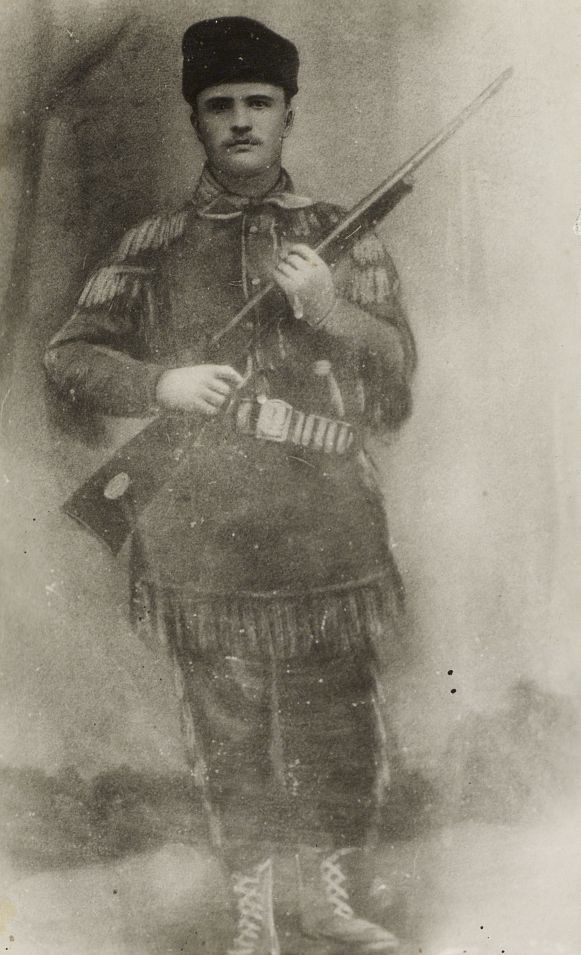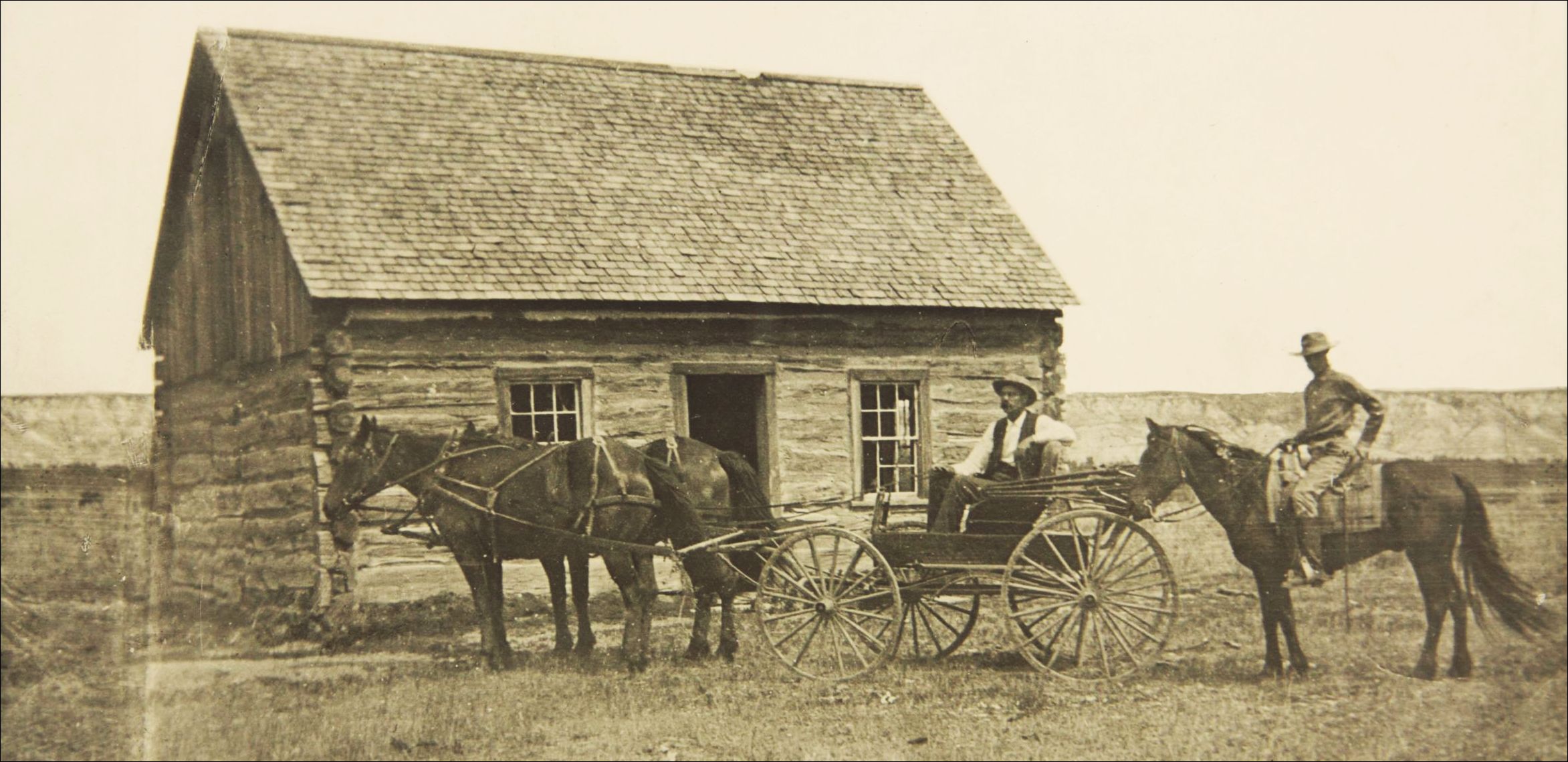Authors:
Historic Era: Era 7: The Emergence of Modern America (1890-1930)
Historic Theme:
Subject:
September 2023 | Volume 68, Issue 6


Authors:
Historic Era: Era 7: The Emergence of Modern America (1890-1930)
Historic Theme:
Subject:
September 2023 | Volume 68, Issue 6
Editor's Note: H.W. Brands is a professor at the University of Texas at Austin and the author of twenty books on American history, including two that were finalists for the Pulitzer Prize. He adapted the following from his recent book, Dreams of El Dorado: A History of the American West.

For Theodore Roosevelt, it was love at first sight. Which was saying a lot, since Roosevelt’s first sight of the West didn’t show the region to best effect. The young New Yorker, plagued in boyhood by illness and a sense of physical insufficiency, had long dreamed of the region. Its explorers, hunters, soldiers, and cowboys became his heroes, the models of the man he struggled to be.
On a break from a budding political career, as a member of the New York State Assembly, he took a western vacation in 1883. He rode a train across the prairies west of Chicago and onto the high plains of the Dakota Territory, and, in the middle of the night, a Northern Pacific conductor deposited him at the scruffy hamlet of Little Missouri in present-day North Dakota, where the rail line crossed the river of that name.
“It was bitterly cold,” he wrote to his wife, Alice, though the calendar registered early September. “And it was some time before, groping about among the four or five shanties which formed the ‘town,’ I found the low, small building called the ‘hotel.’” He hammered on the door and eventually roused the innkeeper, who cursed him for spoiling his sleep. The visitor was shown to a barracks room, where he spent the rest of the night amid snoring, snorting men, the likes of which the silk-stockinged Manhattanite had rarely seen, let alone slumbered with.
Morning made him wonder what had brought him to this locale. “It is a very desolate place,” he wrote, “high, barren hills, scantily clad with coarse grass, and here and there in sheltered places, a few stunted cottonwood trees; ‘wash-outs,’ deepening at times into great canyons, and steep cliffs of the most curious formation abounding everywhere.”

The scenery didn’t improve on closer examination. He enlisted a guide to show him the Badlands, as the crazily eroded terrain was called. They rode mustangs — horses as wild in appearance as the land — around and through the gullies, hoodoos, buttes, and cliffs. It was “frightful ground,” he recounted. And utterly inhospitable. “There is very little water, and what there is is so bitter as to be almost a poison, and nearly undrinkable.”
The weather was as dismal as the scenery. The autumn rains commenced upon Roosevelt’s arrival, and, for days, the leaden sky poured, drizzled and